The brain computer-interface market is currently characterized by a dynamic competitive landscape, driven by rapid technological advancements and increasing demand for innovative solutions in healthcare and consumer applications. Key players such as Neuralink (US), Synchron (US), and Emotiv (US) are at the forefront, each adopting distinct strategies to enhance their market positioning. Neuralink (US) focuses on pioneering neurotechnology, emphasizing research and development to create advanced brain-machine interfaces. Synchron (US), on the other hand, is leveraging partnerships with healthcare institutions to facilitate clinical trials, thereby enhancing its credibility and market reach. Emotiv (US) is concentrating on consumer applications, particularly in mental wellness and gaming, which reflects a broader trend towards integrating brain-computer interfaces into everyday life. Collectively, these strategies contribute to a competitive environment that is increasingly innovation-driven and collaborative.
In terms of business tactics, companies are localizing manufacturing and optimizing supply chains to enhance operational efficiency and reduce costs. The market structure appears moderately fragmented, with several players vying for dominance while also collaborating on various initiatives. This fragmentation allows for a diverse range of products and services, catering to different segments of the market, from medical applications to consumer electronics.
In October 2025, Neuralink (US) announced a partnership with a leading Indian healthcare provider to initiate clinical trials for its brain-computer interface technology. This strategic move is likely to enhance Neuralink's presence in the Indian market, tapping into a growing demand for advanced medical technologies. By collaborating with established healthcare institutions, Neuralink aims to validate its technology and gain regulatory approvals more efficiently, which could significantly accelerate its market entry.
In September 2025, Synchron (US) secured a major investment from a consortium of venture capital firms, aimed at expanding its research capabilities and accelerating product development. This influx of capital is expected to bolster Synchron's efforts in refining its brain-computer interface technology, potentially leading to breakthroughs that could enhance user experience and functionality. The investment also positions Synchron to compete more aggressively in the market, particularly against established players.
In August 2025, Emotiv (US) launched a new consumer-focused brain-computer interface device designed for mental wellness applications. This product introduction reflects Emotiv's strategy to diversify its offerings and cater to the growing interest in mental health solutions. By focusing on consumer applications, Emotiv is likely to capture a significant share of the market, appealing to a demographic increasingly concerned with mental well-being.
As of November 2025, current trends in the brain computer-interface market indicate a strong emphasis on digitalization, sustainability, and the integration of artificial intelligence. Strategic alliances among companies are shaping the competitive landscape, fostering innovation and enhancing product offerings. Looking ahead, it appears that competitive differentiation will increasingly hinge on technological advancements and supply chain reliability, rather than solely on price. This shift suggests a future where innovation and quality will be paramount in determining market leadership.



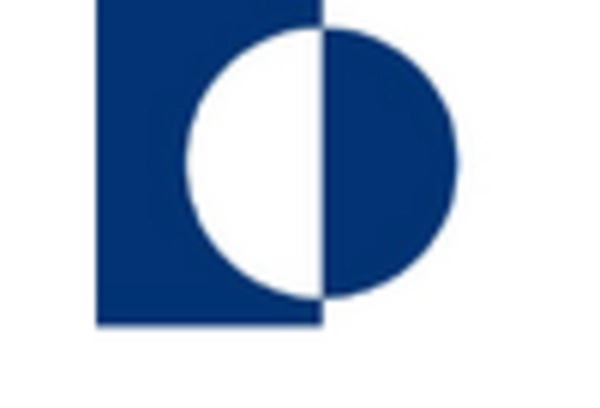
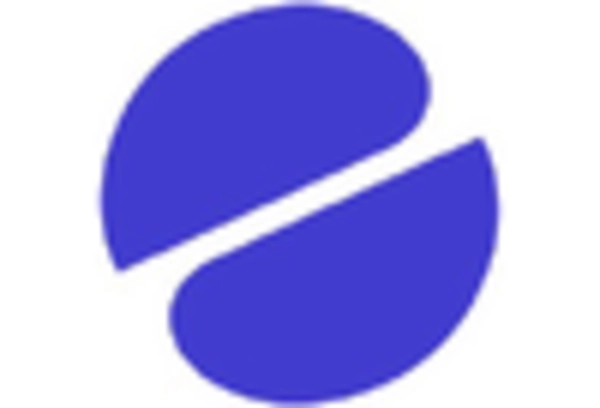
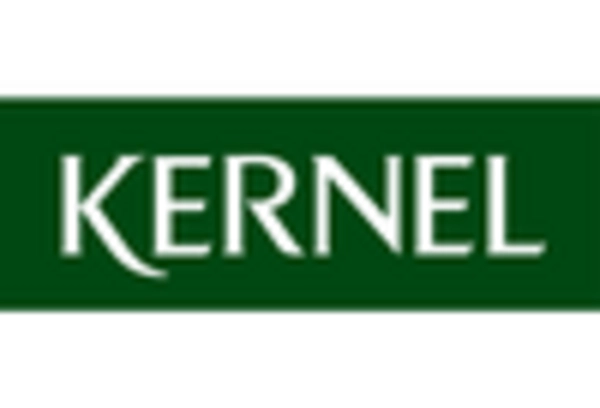
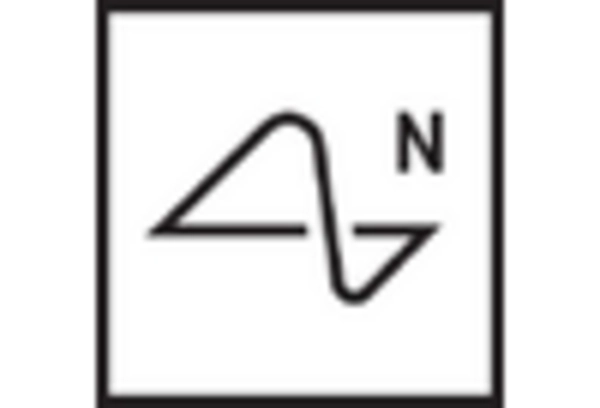
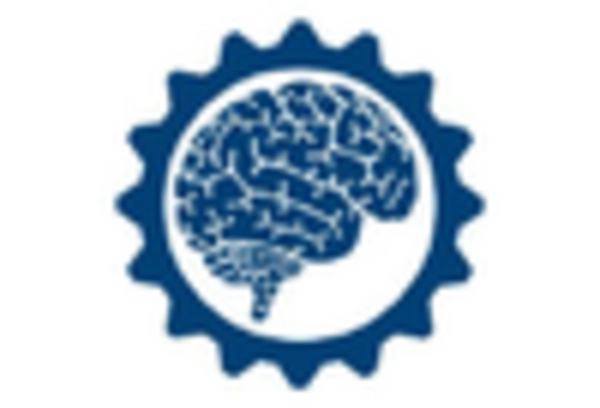
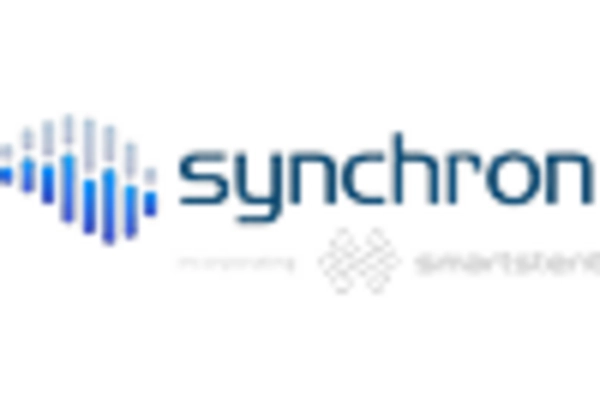








Leave a Comment